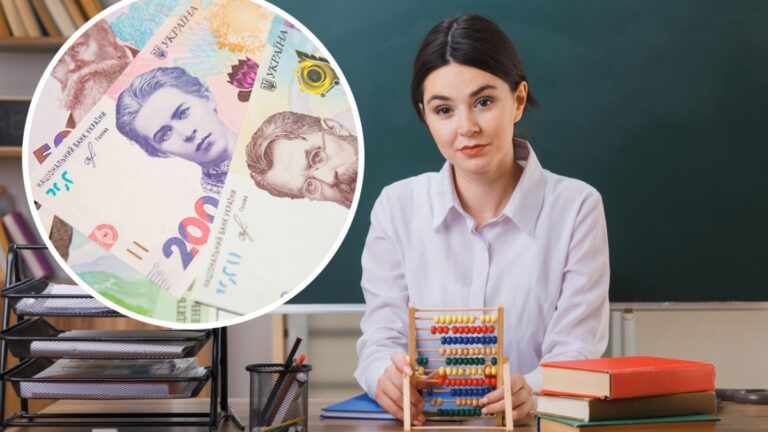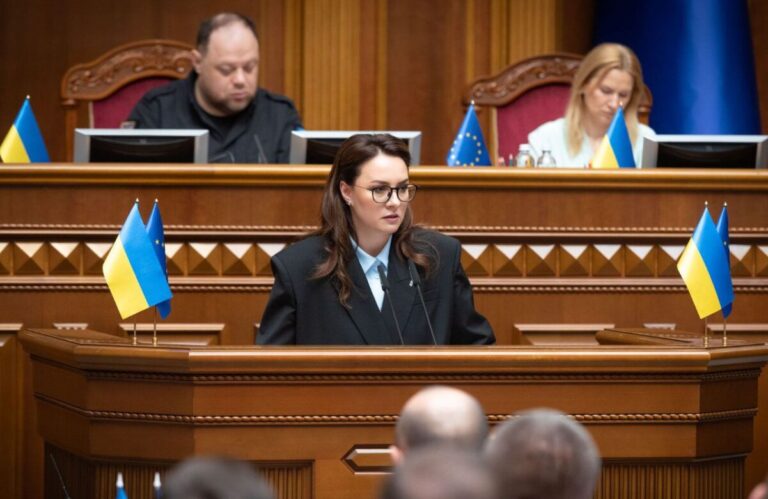
University Admissions 2025: Why Are There Record-Low Freshmen in Ukraine and What Does It Mean for Education?
Ukraine’s higher education system is undergoing its most profound transformation since independence. The statistics of the 2025 admissions campaign show a historic low: only 178,720 students were admitted to the first year of universities, academies, and institutes. This is the lowest figure in all years of independence. For comparison, in 2017-2020, the total number of freshmen ranged from 330,000 to 410,000 per year, and until 2013 over half a million. The downward trend persisted before, but now the crisis is obvious to the entire educational community.
Every year, the number of first-year students keeps dropping. In 2021, 242,000 enrolled in full-time bachelor’s programs; in 2022 about 190,000. In 2023, the number fell below 200,000, and in 2024, preliminary estimates showed about 180,000. The official figure for 2025 is 178,720 students. This is no longer a one-off decline, but a long-term trend reflecting a systemic demographic and social crisis.
The Impact of War and Mass Migration
One of the main reasons for the sharp decline in enrollment is mass youth migration caused by war. According to international organizations, more than 1.5 million children and teenagers left Ukraine after the full-scale invasion, and a significant portion of them have stayed to study in European countries. Hundreds of thousands of teenagers with their families have not returned to Ukrainian schools or universities. The 2025 admissions campaign confirmed this: it is increasingly rare to see even half-filled first-year classrooms in universities.
Another factor is specific migration among older students. After some young men aged 18-22 were allowed to leave the country, student numbers in second and third years dropped noticeably. According to university staff and faculty, there are cases where only 5-7 freshmen are present in class, and half the students are physically absent or have moved abroad to seek a different education or greater safety. Often, young men leave first, followed by girlfriends and friends, creating a “chain” of migration.
The Demographic Factor and Motivation Crisis
Another key factor the sharp drop in birth rates. The demographic “pit” of the 2000s and early 2010s means that in the 2020s, the pool of potential university applicants in Ukraine is at its lowest since independence.
The motivation crisis among young people is another serious challenge for universities. For the second decade in a row, Ukrainian higher education offers neither competitive conditions nor real confidence in the future. As one faculty member puts it: “On many majors in non-prestigious universities, it’s a win to even form half a group. Students are choosing not just prestige, but real prospects and many universities simply can’t offer them.” Even “prestigious” universities have lost part of their student body.
Problems of Quality and Trust in Education
The quality of higher education remains another acute problem. According to experts, the curricula, systems, and methods at most Ukrainian universities still have a “Soviet” legacy: dominance of theory, lack of practical skills, inability to foster critical or creative thinking, legal literacy, or real-world abilities. As one expert puts it: “Universities do not develop critical thinking, creativity, flexibility of thought, tolerance, individual perspectives, the right to see things differently. They don’t allow for mistakes. Because a professor will come in and say this is the right answer, and everything else is wrong.”
Corruption and formalism remain significant barriers. Problems with buying term papers and dissertations, “paying off” class absences, bribery, and “arrangements” during assessments all of these issues are still common, even after the introduction of new rules for automatic expulsion due to absenteeism.
Competition With International Education and Brain Drain
A large share of Ukrainian youth has gained direct access to foreign education and is actively using it. In the past three years, thousands of students have moved to Poland, Germany, the Czech Republic, Hungary, and Slovakia. The reason is not only safety, but also quality of education, higher trust in diplomas, and better career prospects. As a result, Ukraine is losing an entire generation of specialists and potential scholars.
Oversupply of Universities and System Imbalance
The structure of Ukrainian higher education remains excessively fragmented. As of 2025, there are more than 320 universities and over 500 branch campuses while Germany, which is twice as populous, has about 420 universities, and the UK has fewer than 300. However, a reduction in the number of universities in Ukraine has not led to increased quality on the contrary, many of the strongest applicants choose other countries, leaving the weakest institutions with minimal student bodies.
Generational Shift: New Values and Choices
New generations “zoomers” and “alphas” are more pragmatic and critical in their thinking. They ask more questions, look for individualized educational paths, and are not willing to enter a system that offers no real chance for professional or personal development. Increasingly, these generations are choosing safer and clearer models: education or work abroad, distance formats, specialized education.
The return of some young people is possible, but only with lasting peace, clear and predictable “rules of the game,” and real modernization of education. Even after the end of active hostilities, there is little hope for a quick return to the “golden age” of higher education in Ukraine. The decisive factors will be safety, social support, and transparent future prospects.
Why Are There Fewer First-Year Students?
The decline in the number of first-year students is not a temporary “slump,” but a multi-factor crisis that includes demographic collapse, war and migration, declining trust in the quality of education, and the misalignment of Ukraine’s system with the real needs of youth and the labor market.
Young people are increasingly choosing foreign education and the opportunity to realize themselves in a safe environment. At the same time, universities do not offer enough modern approaches, practical skills, support for individualized paths, or confidence in the future.
“The crisis in higher education is just the first step toward a broader societal crisis if the system fails to adapt to the new reality,” experts say.
Without fundamental changes in quality, transparency, practicality, and flexibility, Ukraine will continue to lose its applicants and with them, its future intellectual potential.
178,720 first-year students in 2025 is a mirror of societal, demographic, and value shifts. Higher education needs not cosmetic, but systemic reforms otherwise, the downward trend will only deepen.














